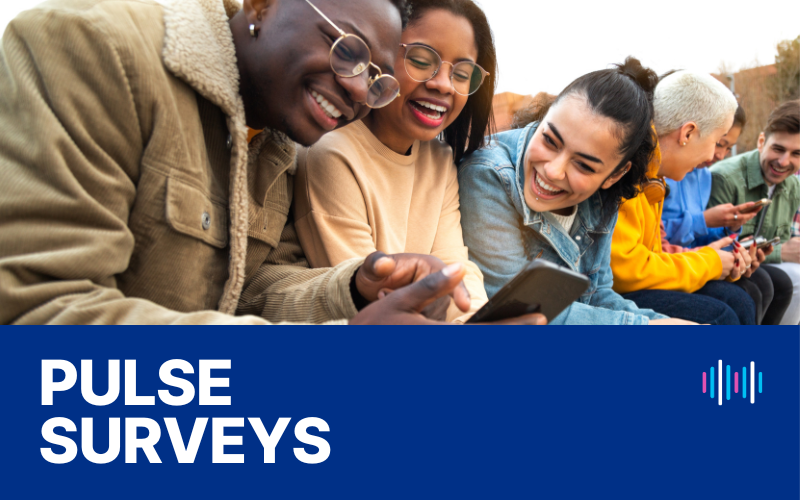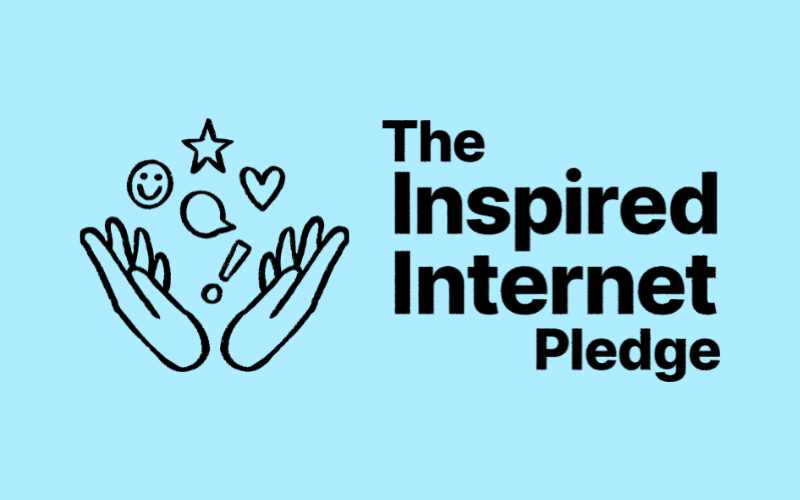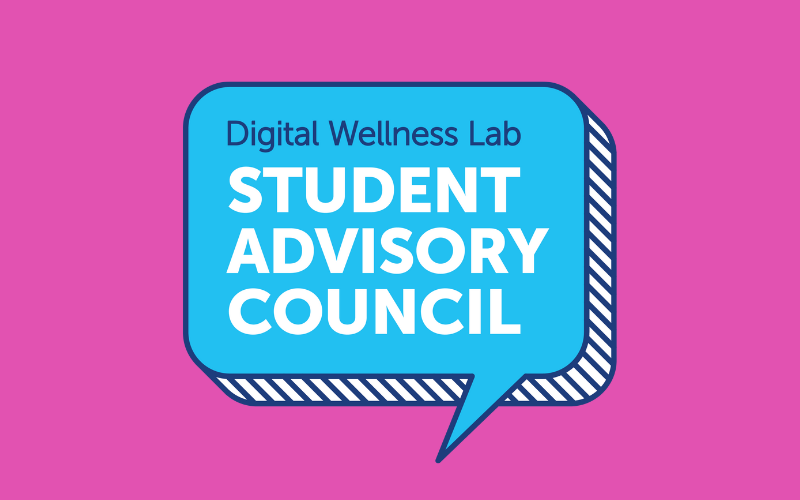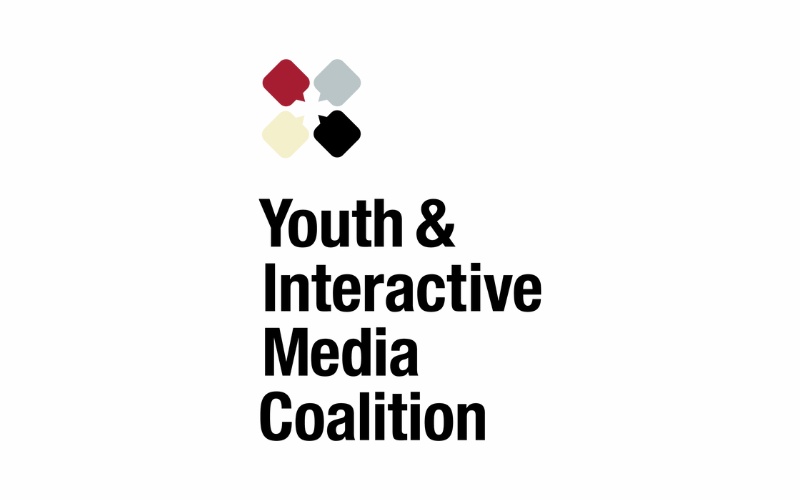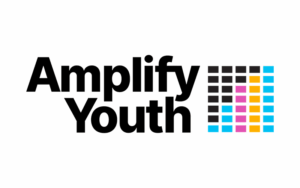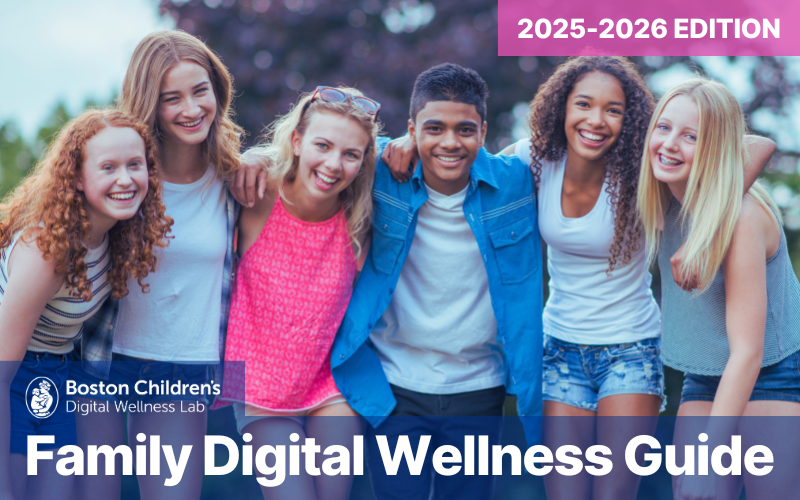Jared Matas, EdD
EdTech specialist, OunceIT
What is the mission of OunceIT?
Our mission at OunceIT is to help people with the challenges they face with technology and change so that they may delight in the productive use of technology and the effective application of change.
What is your area of focus?
I’m an EdTech specialist in the Educational Technology division of OunceIT. We are focused on one main goal: supporting exceptional teaching and learning through purposeful use of technology. We partner with educators to identify tools and platforms that best align with each schools’ unique needs and provide training and classroom support for implementation. Through our work, we have learned that it takes a team to support the technical needs of any institution, and we apply that team approach to each of our clients, regardless of a client’s size or particular needs.
What led you to this work?
My journey with technology began as a child, programming Logo on an Apple IIC. This early fascination grew into a career focused on empowering students by using technology to support learning. As a kindergarten teacher, I partnered with Professor Marina Bers and the DevTech Research Lab to pilot a Lego robotics curriculum. This initiative allowed my young students to explore technology through developmentally appropriate pedagogy, sparking their curiosity and creativity.
Since then, my career has evolved from classroom teacher to technology director and ed tech coach. Throughout this journey, I’ve focused on helping students and teachers use digital technology to enhance teaching and learning. I’ve seen firsthand how technology can open up new learning opportunities when used intentionally, in alignment with teaching goals, and grounded in pedagogy. This belief drives my work every day, inspiring me to continue working with educators to help them effectively and responsibly teach with digital technology.
What have you learned in the course of your work about young people’s wellness while engaging with tech and interactive media?
Just as each child is unique, the impact of technology on student wellness varies greatly from child to child. When given the opportunity, students can use technology in ways they find personally meaningful: to be creative, pursue their curiosity, and contribute to their world. Some youth, in particular those with marginalized identities, appreciate finding and connecting with folks who share their interests and perhaps are asking similar questions. Many teens and tweens are empowered by finding an audience that appreciates their unique digital creations, which can include FanFiction, catchy dances, virtual worlds and other forms of digital art.
On the other hand, many youth often experience stress due to negative online experiences from both friends and strangers. In my experience, it is unfortunately those who are already most vulnerable offline that are most susceptible to the risks of technology, and are least able to mitigate the risks to emotional wellbeing that occur from growing up online. The impact of peers constantly posting an idealized version of adolescence can be particularly challenging for children with any social-emotional vulnerabilities. Offline insecurities escalate to anxiety and isolation for youth who think everyone else is having fun without them.
What guidance or advice do you have for parents and caregivers to help kids build and maintain their wellness when engaging with digital media and technology?
The most important thing I recommend to adults is to start with a stance of curiosity. Kids are indeed using tools that were the stuff of science fiction only a generation ago. In order for kids to benefit from the social and emotional support that adults are offering, they need to feel supported and, as hard as it can be, not judged, for behaviors that are very different from how their parents and teachers grew up.
A good place to start is by asking questions — while we might not be an expert on how to navigate the latest app, we can help the young ones in our lives reflect on their experiences. Rather than sharing judgemental comments, ask open-ended questions that encourage thinking critically about their tech use and online experiences.
For example:
- What are some interesting videos or memes you’ve watched recently?
- What is something you created on your device? Who is the intended audience?
- What do you notice about the content that the social media algorithm is feeding you? Are the targeted ads mostly hitting their mark or are you seeing a lot of ads for products that are not relevant to you? Based on the content on your stream, what did the algorithm guess about your age, gender and interests?
- What do you enjoy most about this game?
- How do you decide which content to follow?
- How do you decide what to share online, and who to share it with?
One of the hardest pieces of advice to follow is also the most important — it is essential that adults model any behaviors they want to see. If you don’t want your kids to be on the phone during meal time, or while driving, you’ll also have to ignore notifications at those times. Kids are keen anthropologists and learn appropriate behavior based on what they observe.
The last piece of advice I have to offer is that supporting youth wellness is hard work and is not successful when it happens in isolation. It is important to identify partners — at school, home or elsewhere — who can work together to help guide kids in the right direction.
How would you change or design technology and/or media to be healthier for kids across the developmental span?
Technology should be designed to encourage kids to develop the habits and skills that we know are important for healthy social-emotional development: concepts such as creativity, curiosity, and integrity. Digital technology is such an engaging tool, we need to remember that it reflects and promotes the values upon which it is built. To support healthier outcomes for kids using technology, wellness needs to be prioritized from the start. Educators need to be part of developing the tools, so that developmental appropriateness can be integral to the devices and programs that children spend countless hours engaging with.
Is there anything else you’d like to share?
OunceIT is proud to be an advisor for the Inspired Internet Pledge!
We know that no one person, organization, or company can successfully address the challenge alone, so it’s imperative that we collaborate to design and maintain a healthier digital experience for all young people and their families. Our Fellow Travelers blog series features colleagues from around the world who focus on digital wellness from a different perspective than the Digital Wellness Lab, enabling us to share expertise in key areas of digital wellness that we don’t explore as deeply.
Here at the Lab, we welcome different viewpoints and perspectives. However, the opinions and ideas expressed here do not necessarily represent the views, research, or recommendations of the Digital Wellness Lab, Boston Children’s Hospital, or affiliates.

